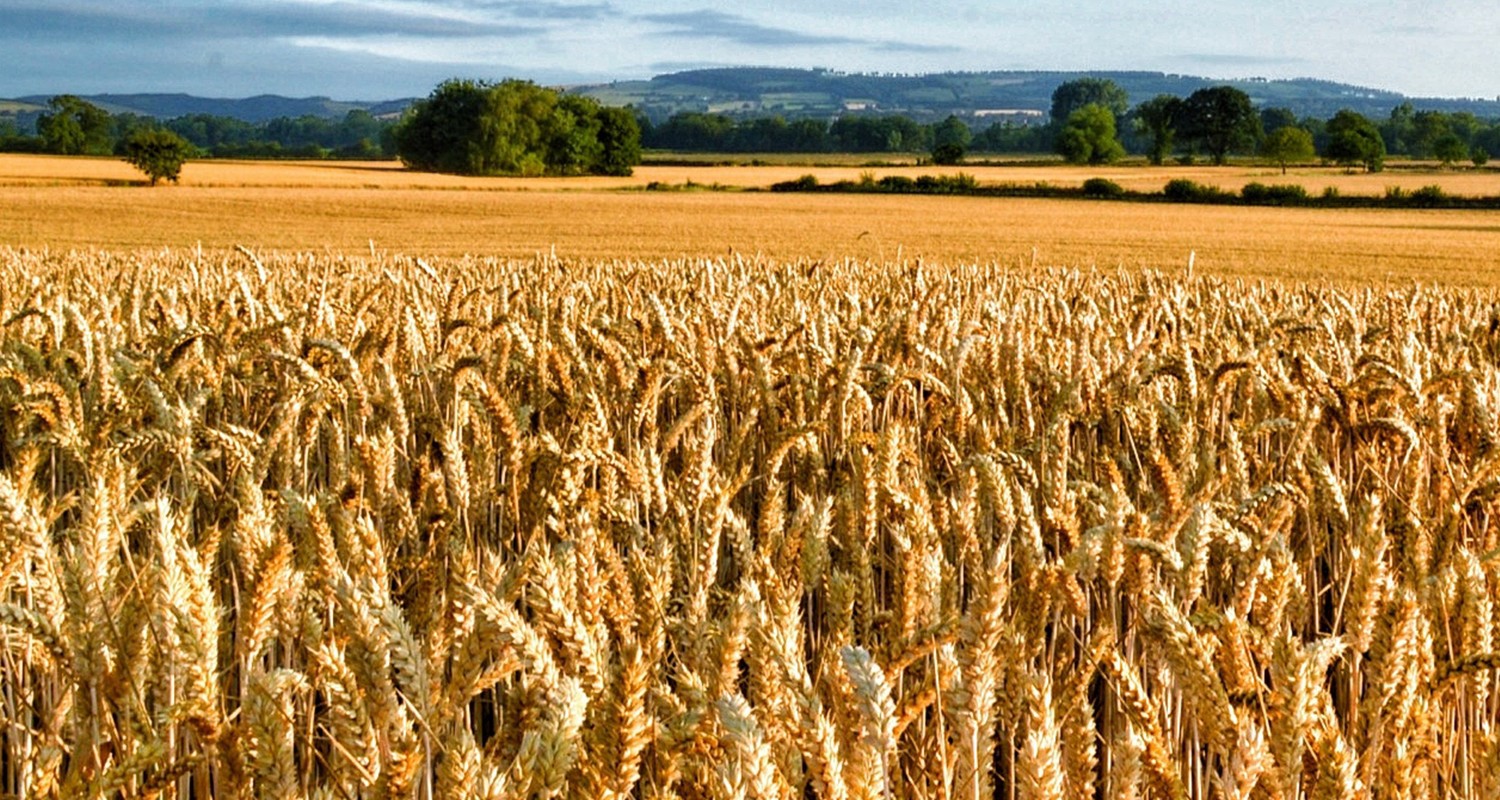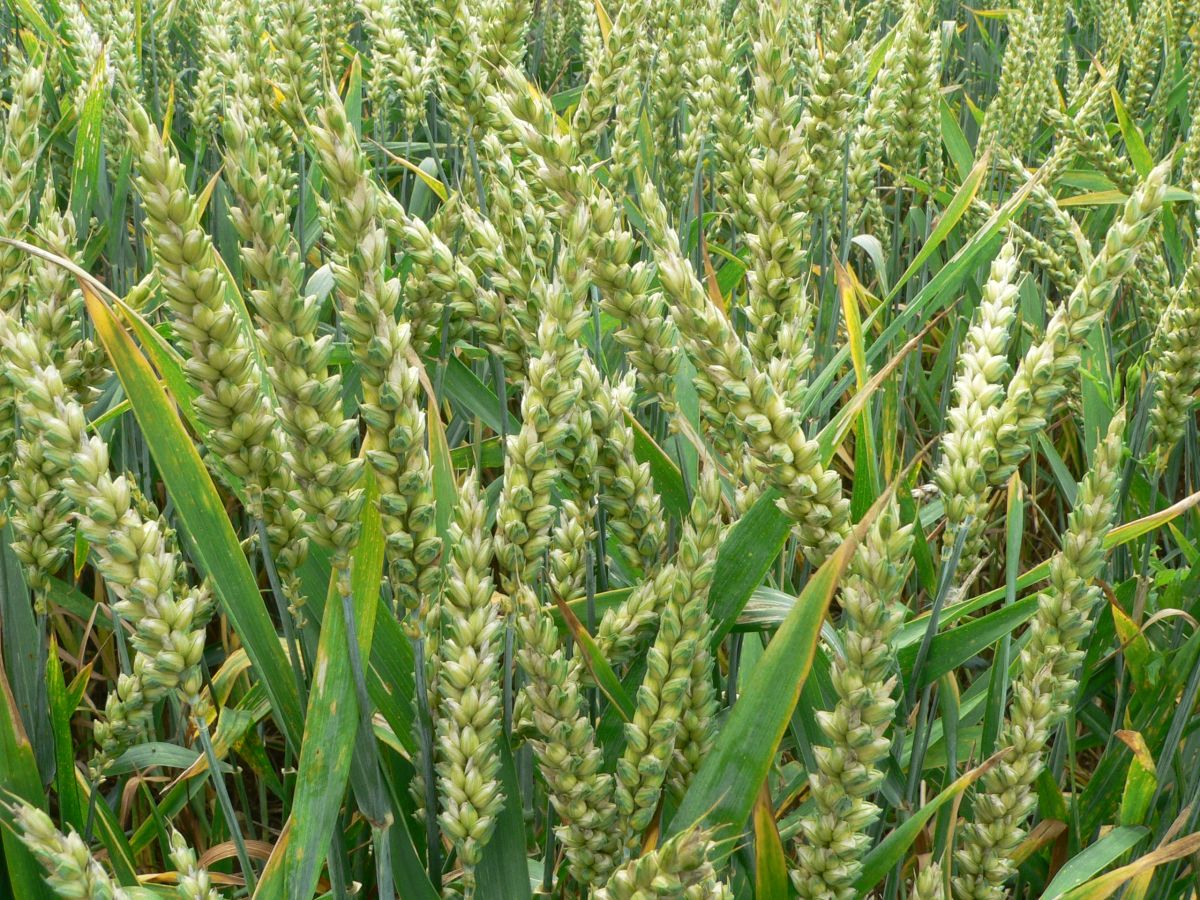
Wheat meeting high quality bread milling specifications are at the highest proportion for 13 years.
With the final results in from AHDB Cereals & Oilseeds Cereal Quality Survey, there is now a clearer picture of what harvest 2016 looks like for the UK.
For the 17,689 wheat samples analysed in 2016, the results are broadly similar to the second provisional release and provide evidence to the anecdotal comments about smaller grain sizes this year. The average specific weight of wheat in 2016, at 76.7kg/hl, is the lowest result in the past four years.
James Webster, AHDB Cereals & Oilseeds Analyst, commented: “The higher protein levels may encourage UK millers to use more domestic wheat. We have already begun to see UK wheat displacing imported wheat in the milling sector. This year the proportion of imported wheat used by the UK milling industry (including bioethanol and starch production) from July to September is the lowest since 2011. As we have previously mentioned, the lower specific weights means extraction rates are likely to be lower, which could also influence the amount of wheat required.”

Mr Webster added: “It is worth noting that despite specific weights being lower than the five year average of 77.6kg/hl, the average for Group 1 wheat samples, at 77.4kg/hl is still ahead of the minimum required for high quality bread wheat in the UK (76kg/hl)”.
The average protein content is similar to that seen in the second provisional release, at 12.4%. This represents the highest average protein level in the UK since 2012 and is 0.6% higher than the three year average.
The average Hagberg Falling Number (HFN), has seen a slight fall on the previous results. The final HFN, at 307s, is higher than both last year and the three-year average. The HFN is the measure of a specific enzyme which attacks the starch molecules, breaking them down to sugars which then produce the gas giving the air pockets and good loaf structure.
The final results of the 2016 Cereal Quality Survey highlight the high proportion of samples meeting the minimum specifications for high and medium quality bread wheat. The proportion of nabim Group 1 varieties meeting or exceeding the minimum standard for high quality bread wheat (specific weight = 76kg/hl, protein content = 13.0%, HFN = 250s) at 45%, is the highest since 2003.
Furthermore, the proportion of nabim Group 1 & 2 varieties meeting or exceeding the specification for medium quality bread wheat (specific weight = 74kg/hl, protein content = 12.5%, HFN = 180s) this year, is 69%. This compares to 57% last year.
